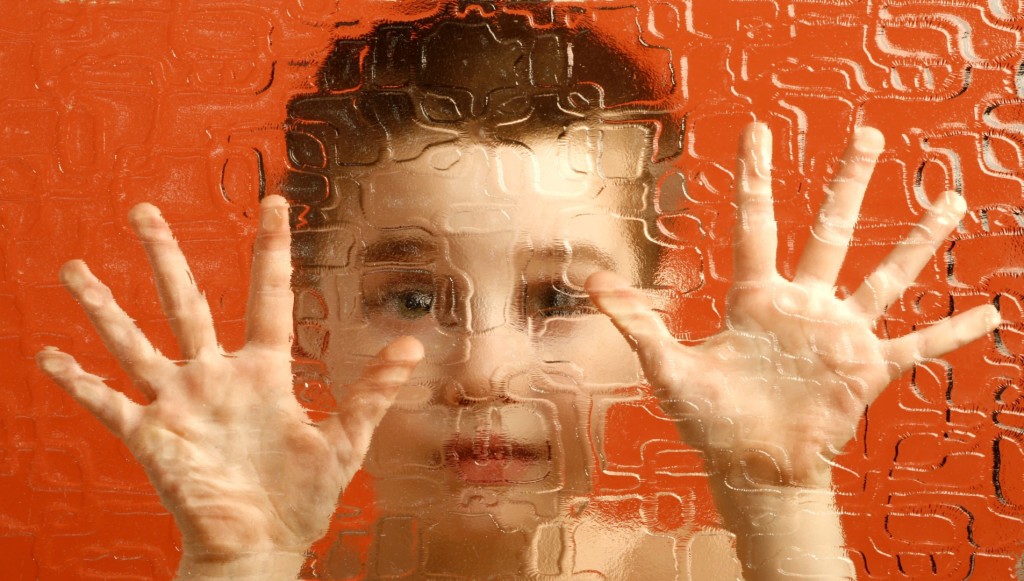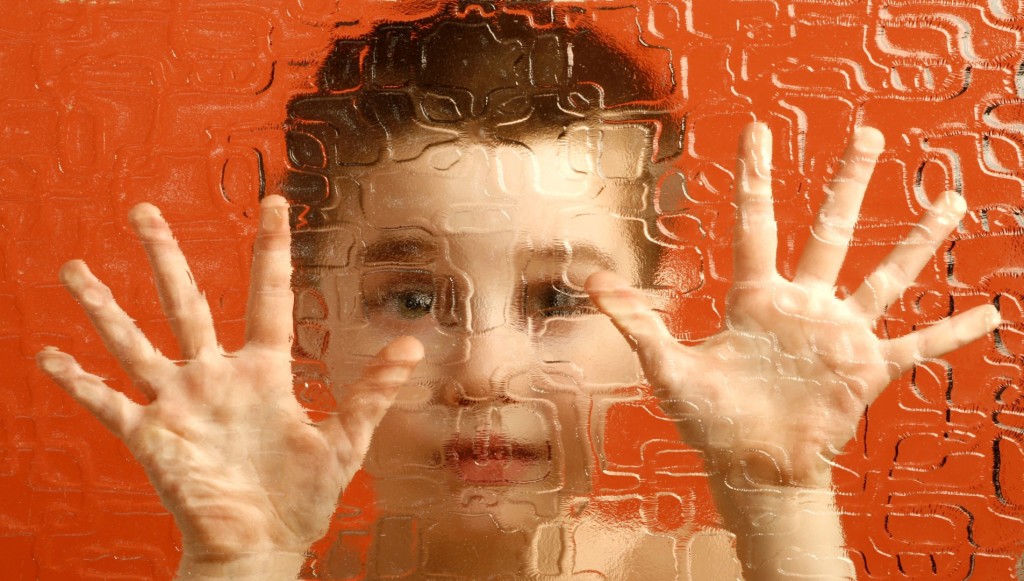What Is Autism or Autism Spectrum Disorder (ASD)?
Autism spectrum disorder (ASD) and autism are both general terms for a group of complex disorders of brain development. These disorders are characterized, in varying degrees, by difficulties in social interaction, verbal and nonverbal communication and repetitive behaviors.
ASD can be associated with intellectual disability, difficulties in motor coordination and attention and physical health issues such as sleep and gastrointestinal disturbances. Some persons with ASD excel in visual skills, music, math and art.

How Common Is Autism?
An estimated 1 out of 42 boys and 1 in 189 girls are diagnosed with autism in the United States.
What Causes Autism?
First and foremost, there is no one cause of autism just as there is no one type of autism. Over the last five years, scientists have identified a number of rare gene changes, or mutations, associated with autism. A small number of these are sufficient to cause autism by them. Most cases of autism, however, appear to be caused by a combination of autism risk genes and environmental factors influencing early brain development.
A growing body of research suggests that a woman can reduce her risk of having a child with autism by taking prenatal vitamins containing folic acid and/or eating a diet rich in folic acid (at least 600 mcg a day) during the months before and after conception.
What Does It Mean to Be “On the Spectrum”?
Each individual with autism is unique. Many of those on the autism spectrum have exceptional abilities in visual skills, music and academic skills. About 40 percent have average to above average intellectual abilities. Indeed, many persons on the spectrum take deserved pride in their distinctive abilities and “atypical” ways of viewing the world. Others with autism have significant disability and are unable to live independently. About 25 percent of individuals with ASD are nonverbal but can learn to communicate using other means. Autism Speaks’ mission is to improve the lives of all those on the autism spectrum. For some, this means the development and delivery of more effective treatments that can address significant challenges in communication and physical health. For others, it means increasing acceptance, respect and support.
Did you know …
• Autism now affects 1 in 68 children and 1 in 42 boys
• Autism prevalence figures are growing
• Autism is one of the fastest-growing developmental disorders in the U.S.
• Autism costs a family $60,000 a year on average
• Boys are nearly five times more likely than girls to have autism
• There is no medical detection or cure for autism
